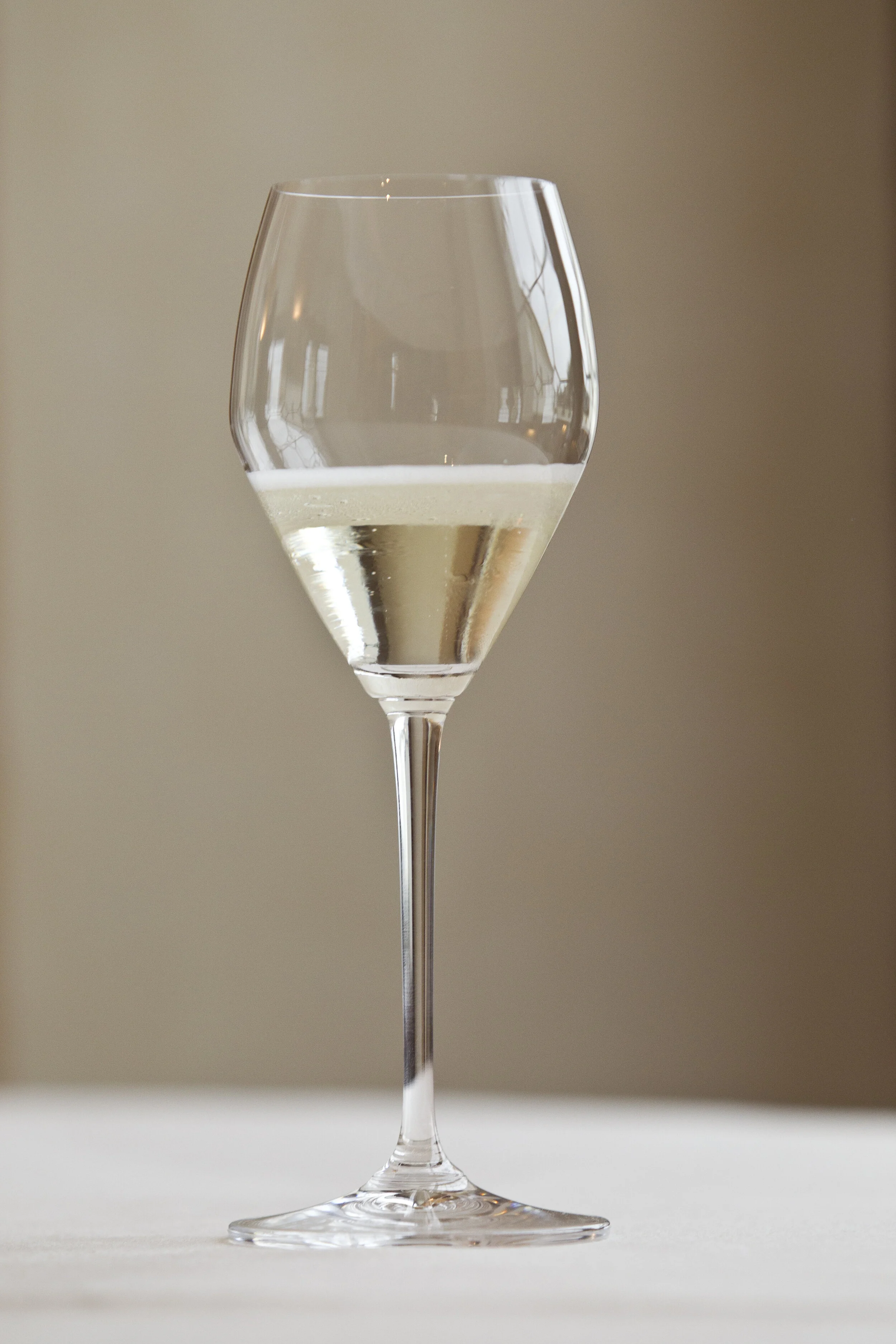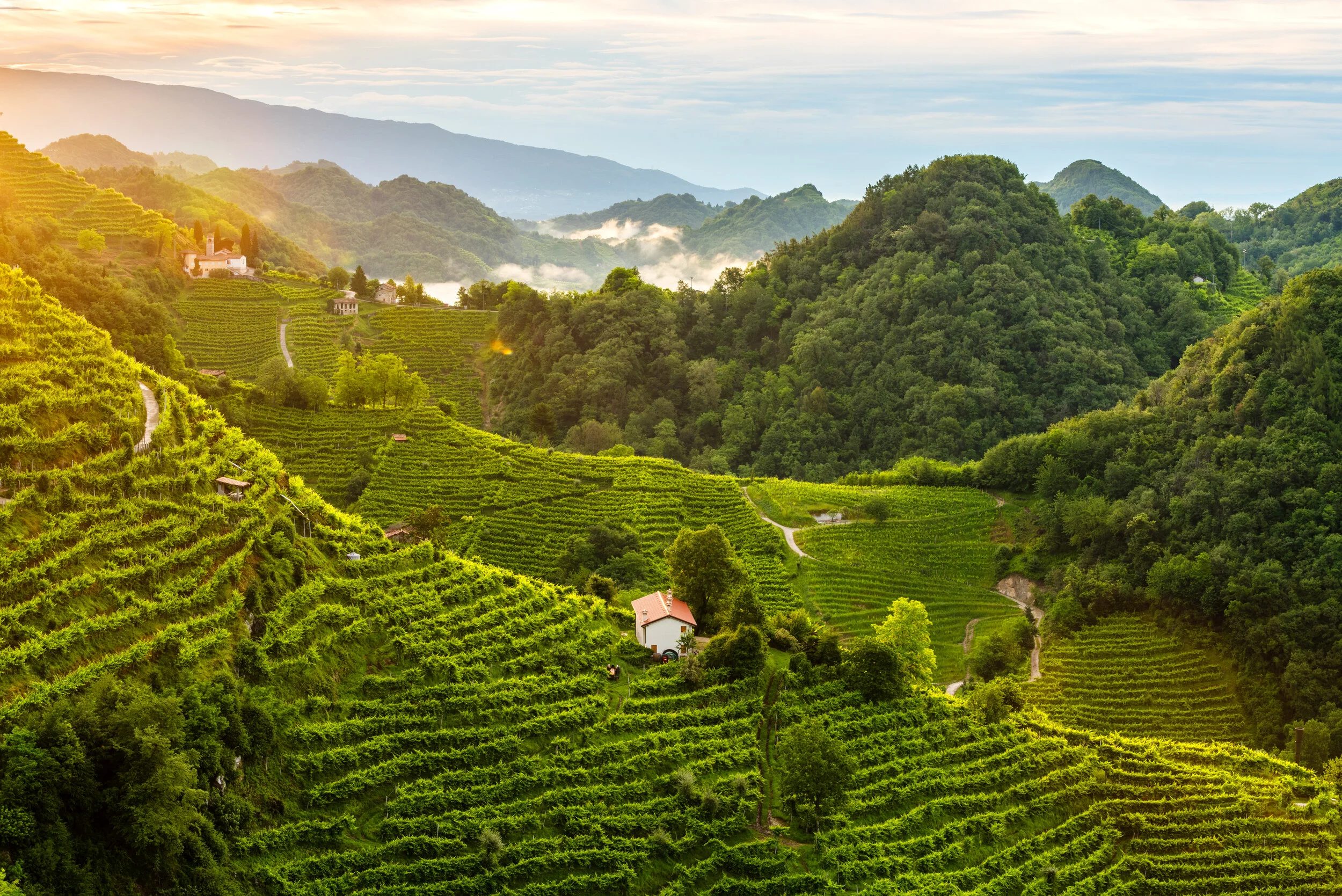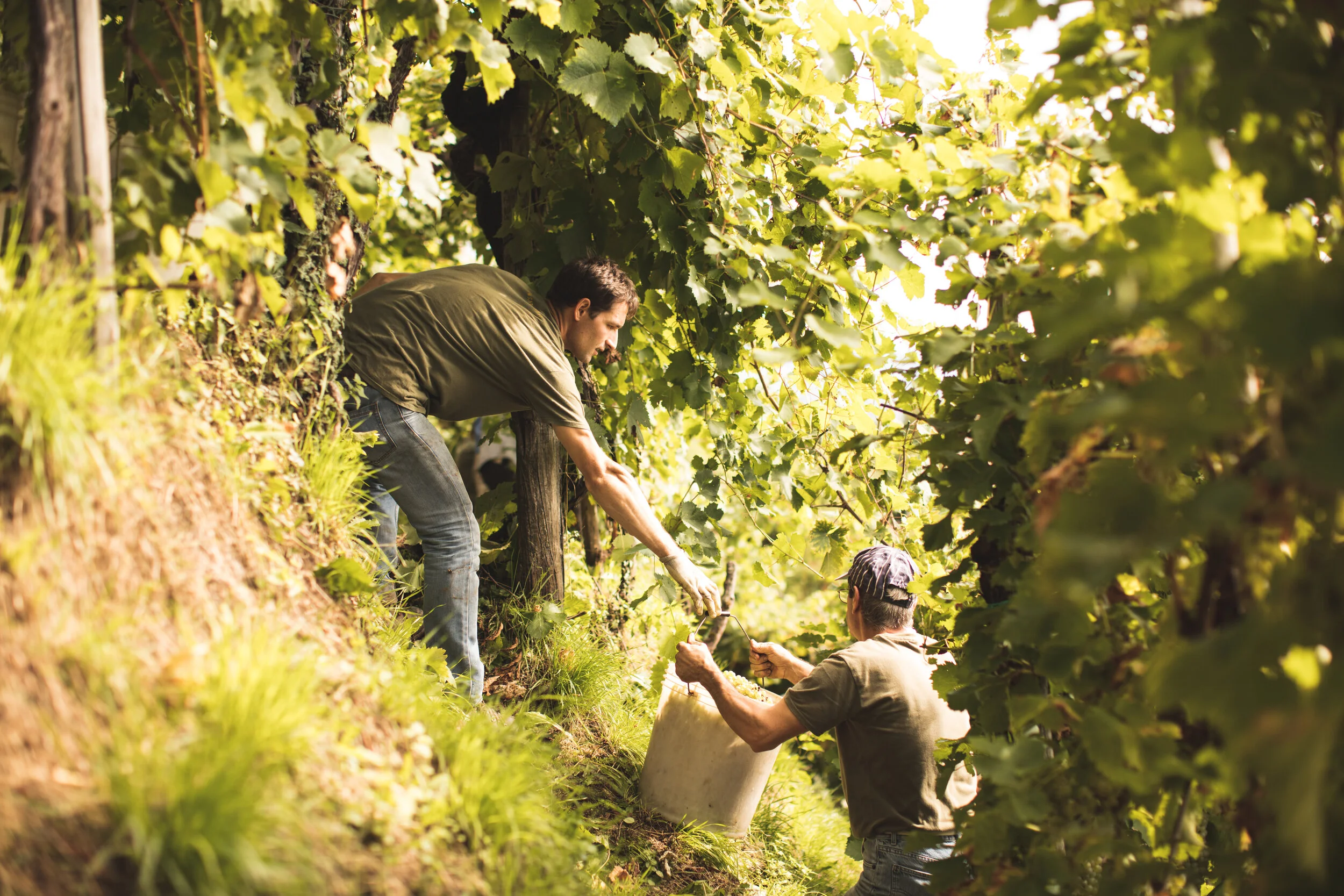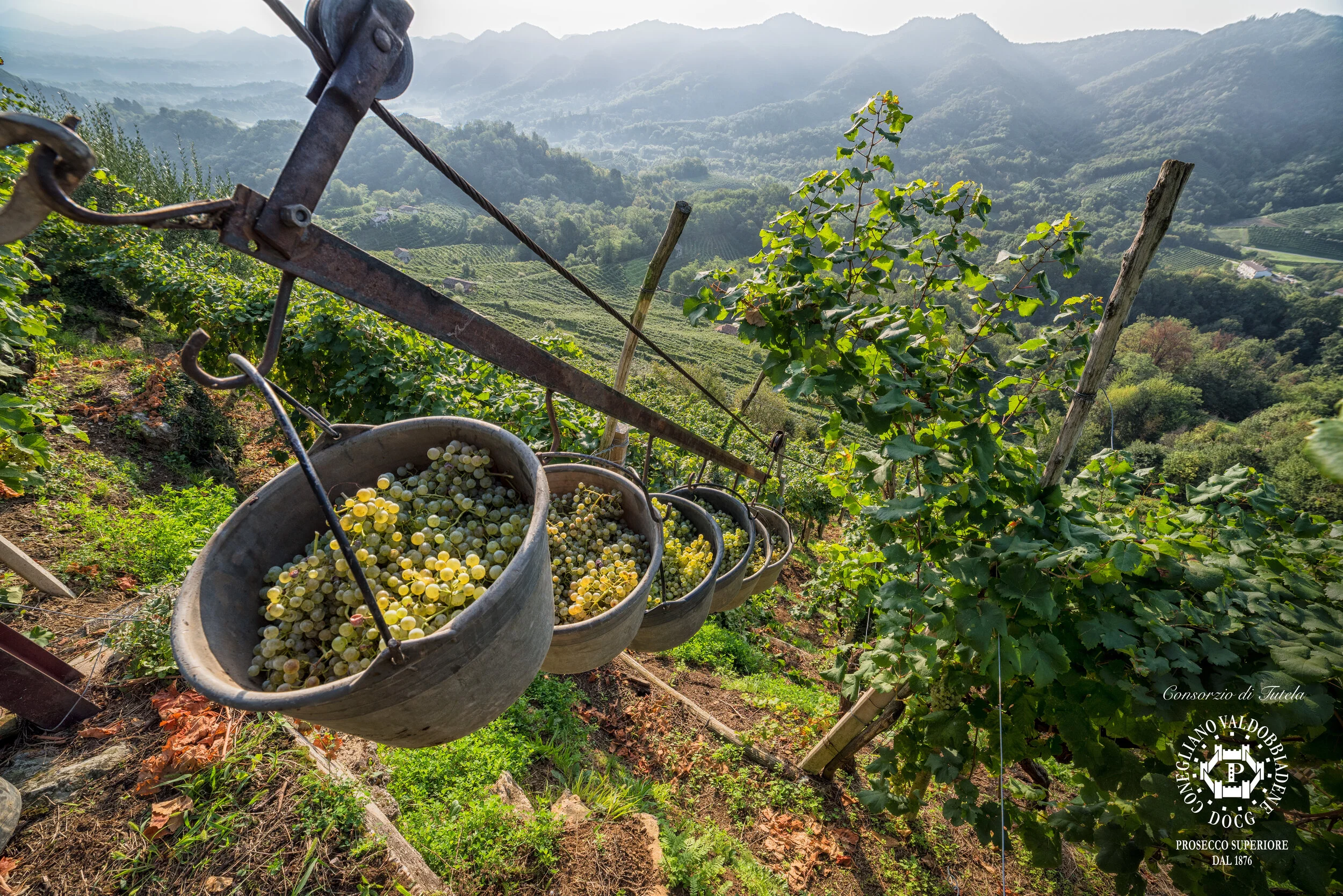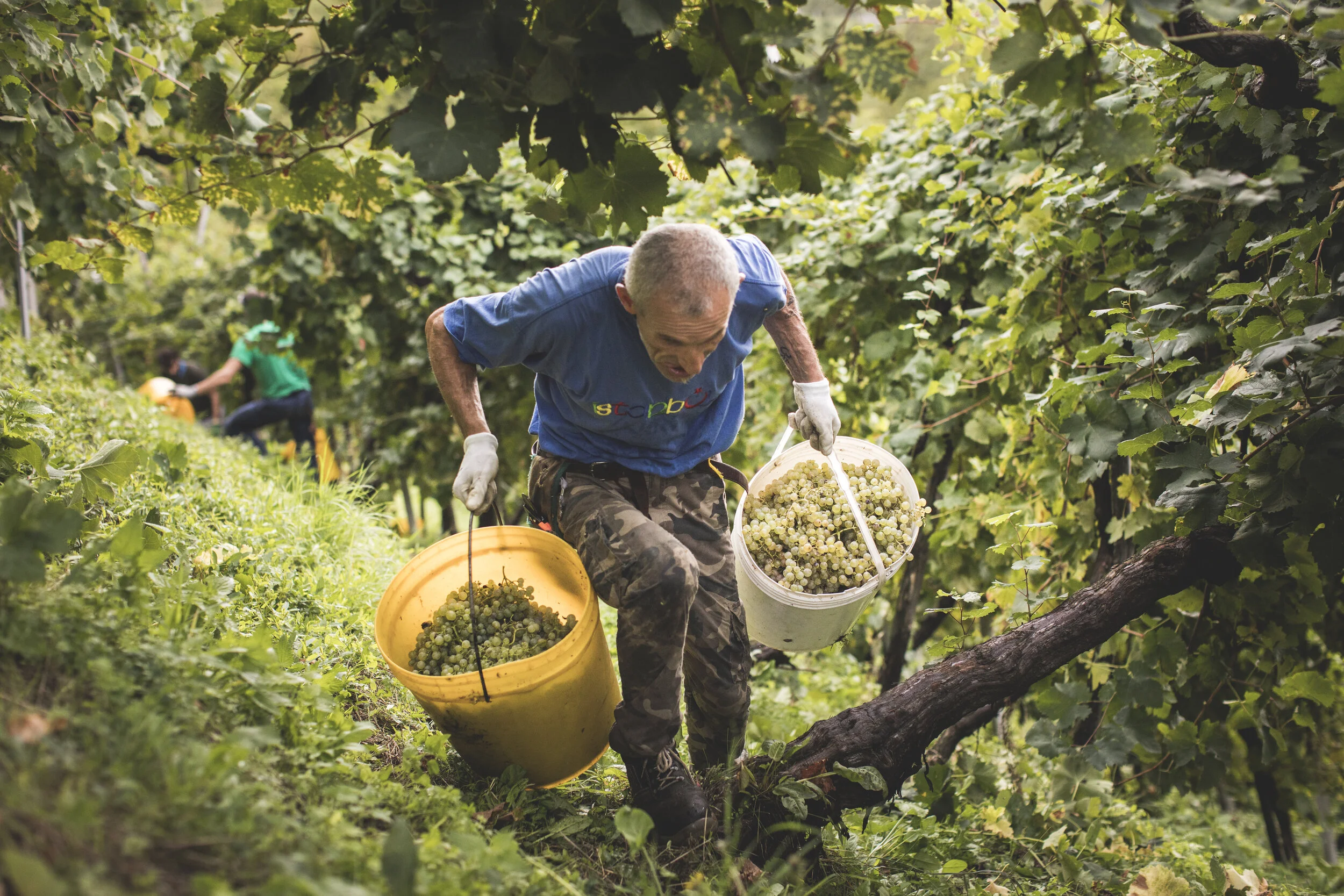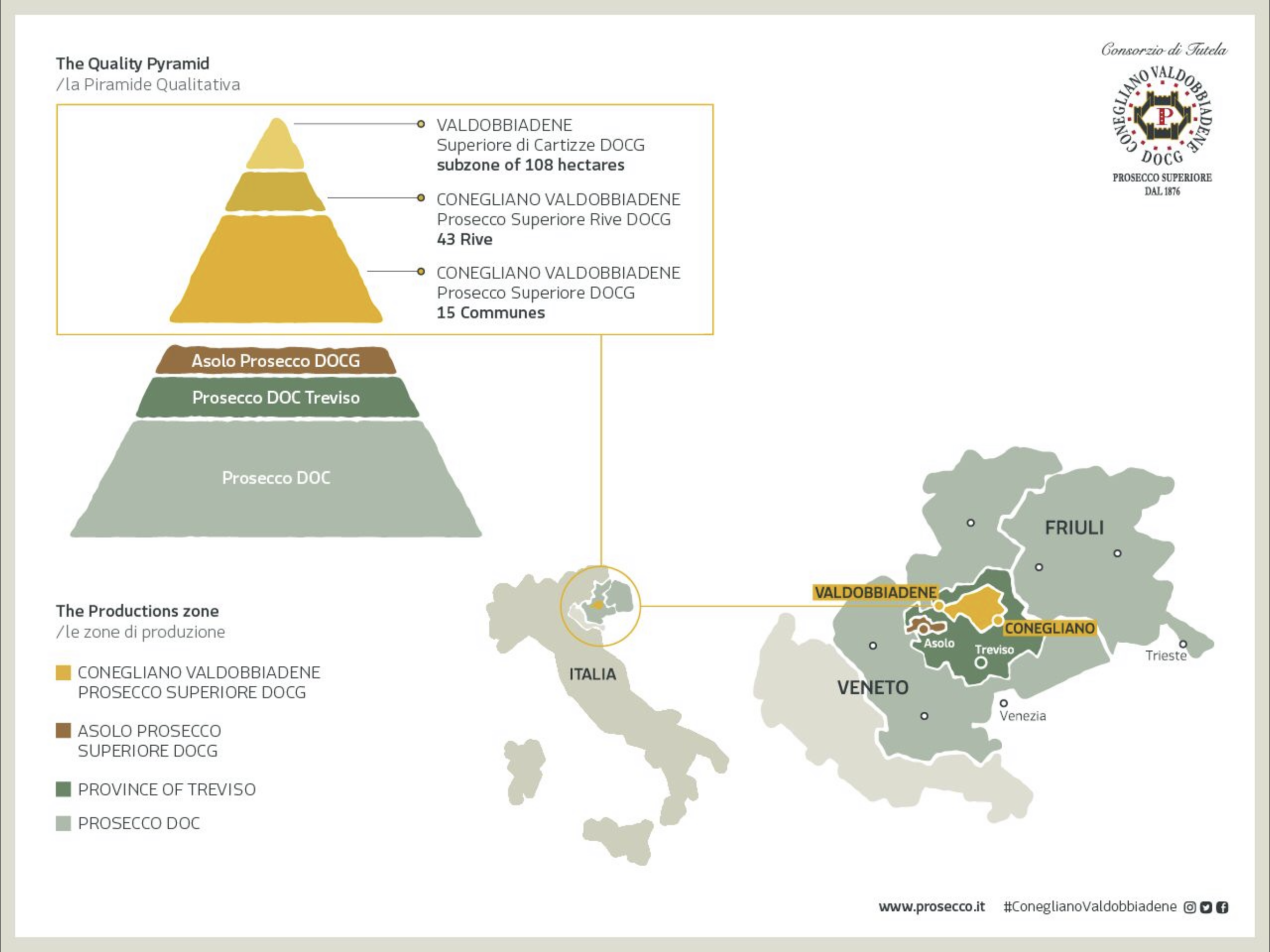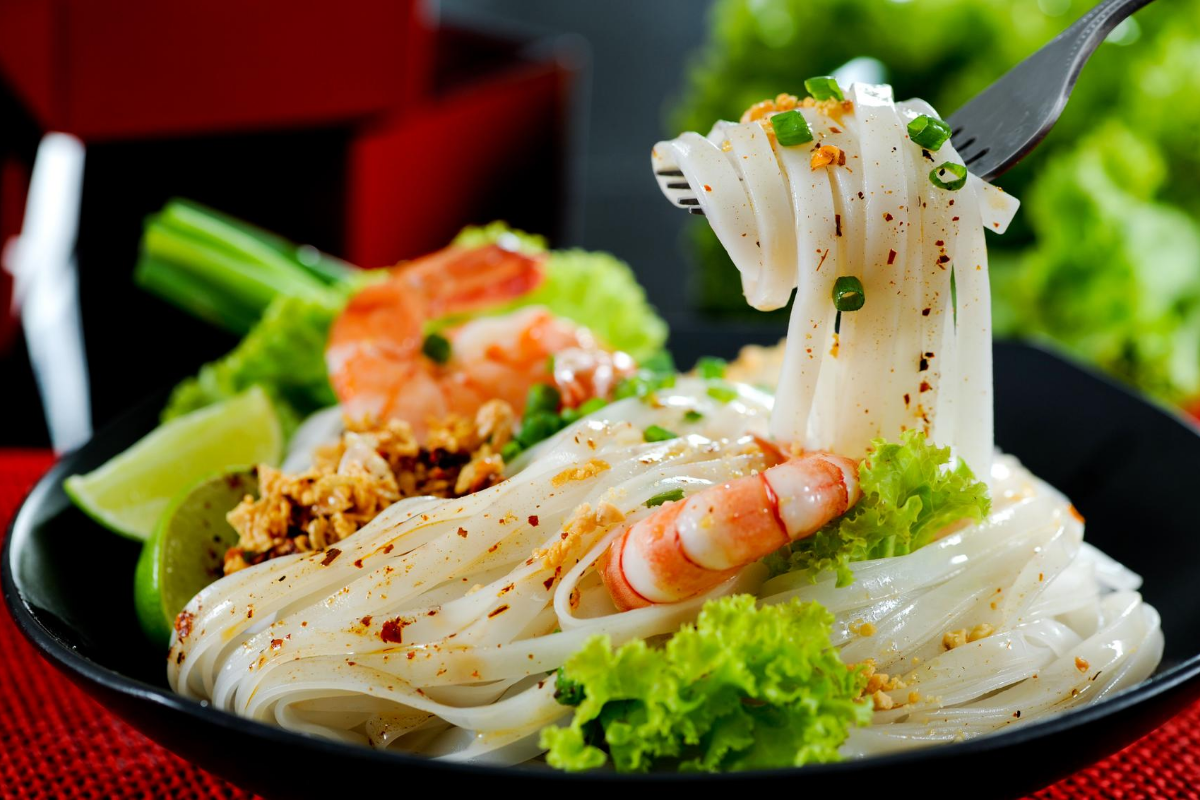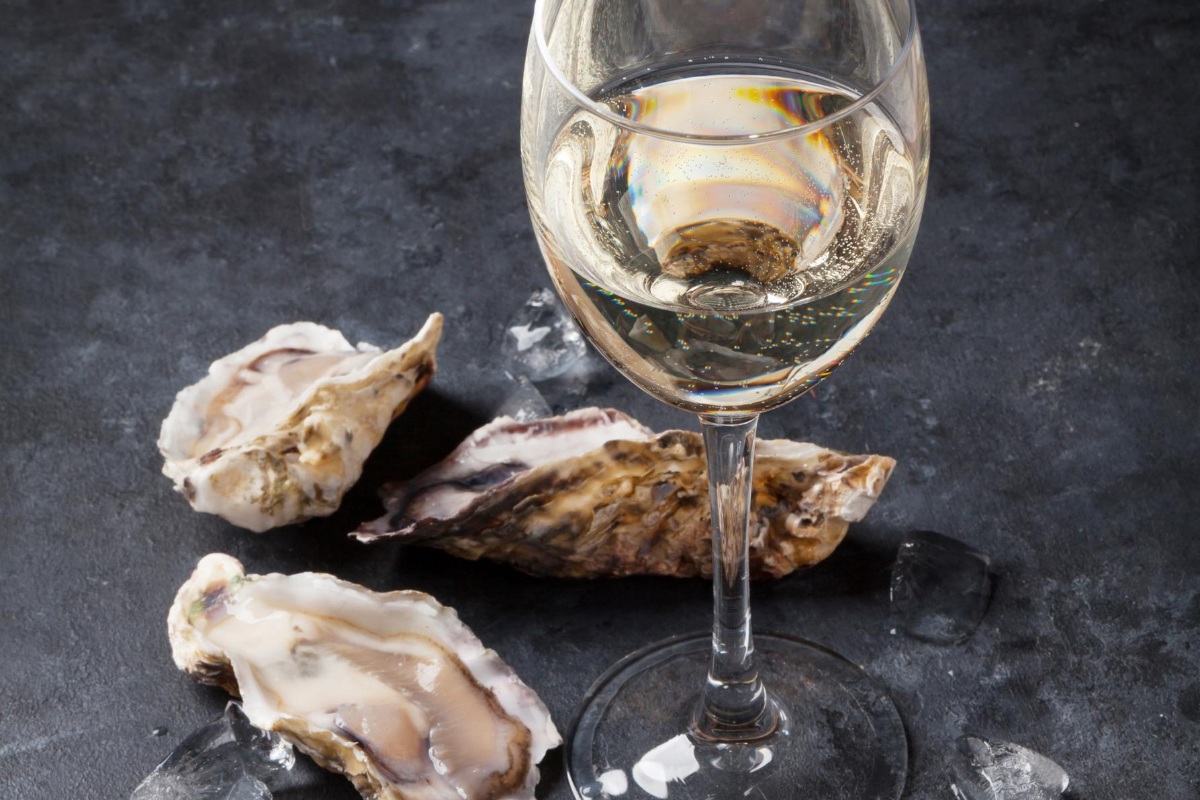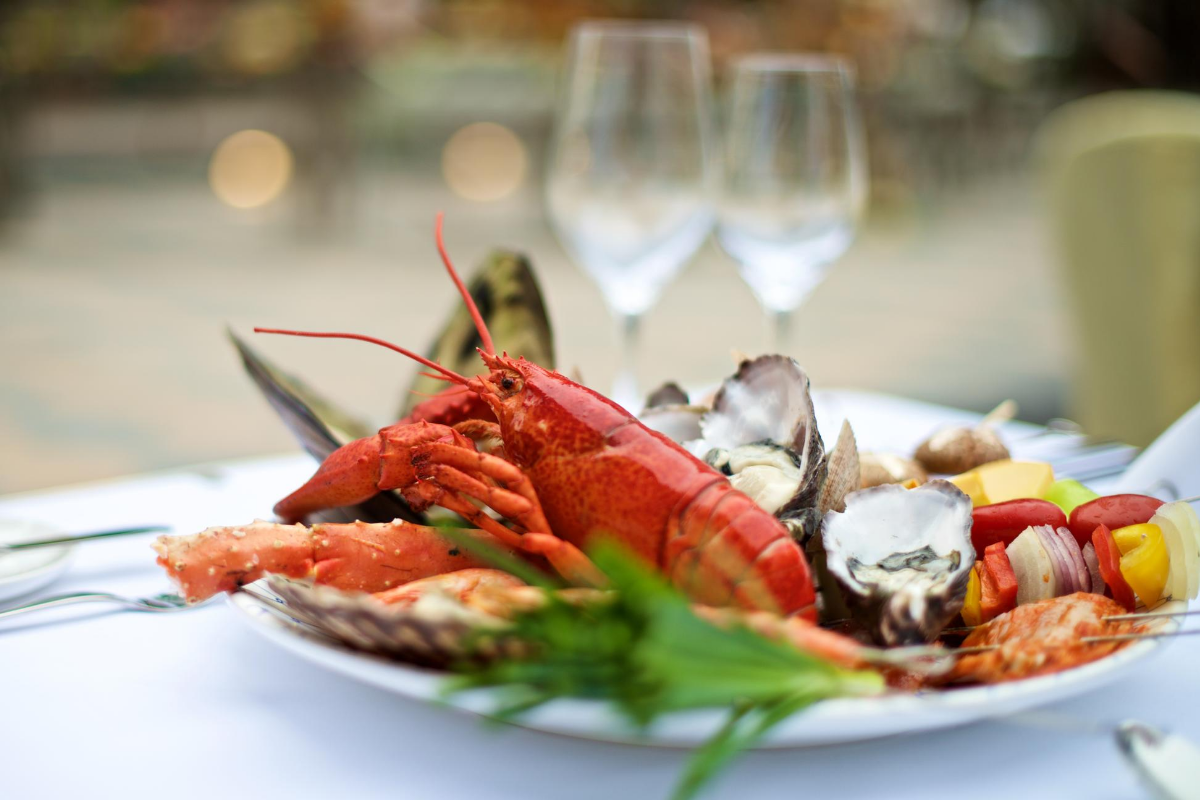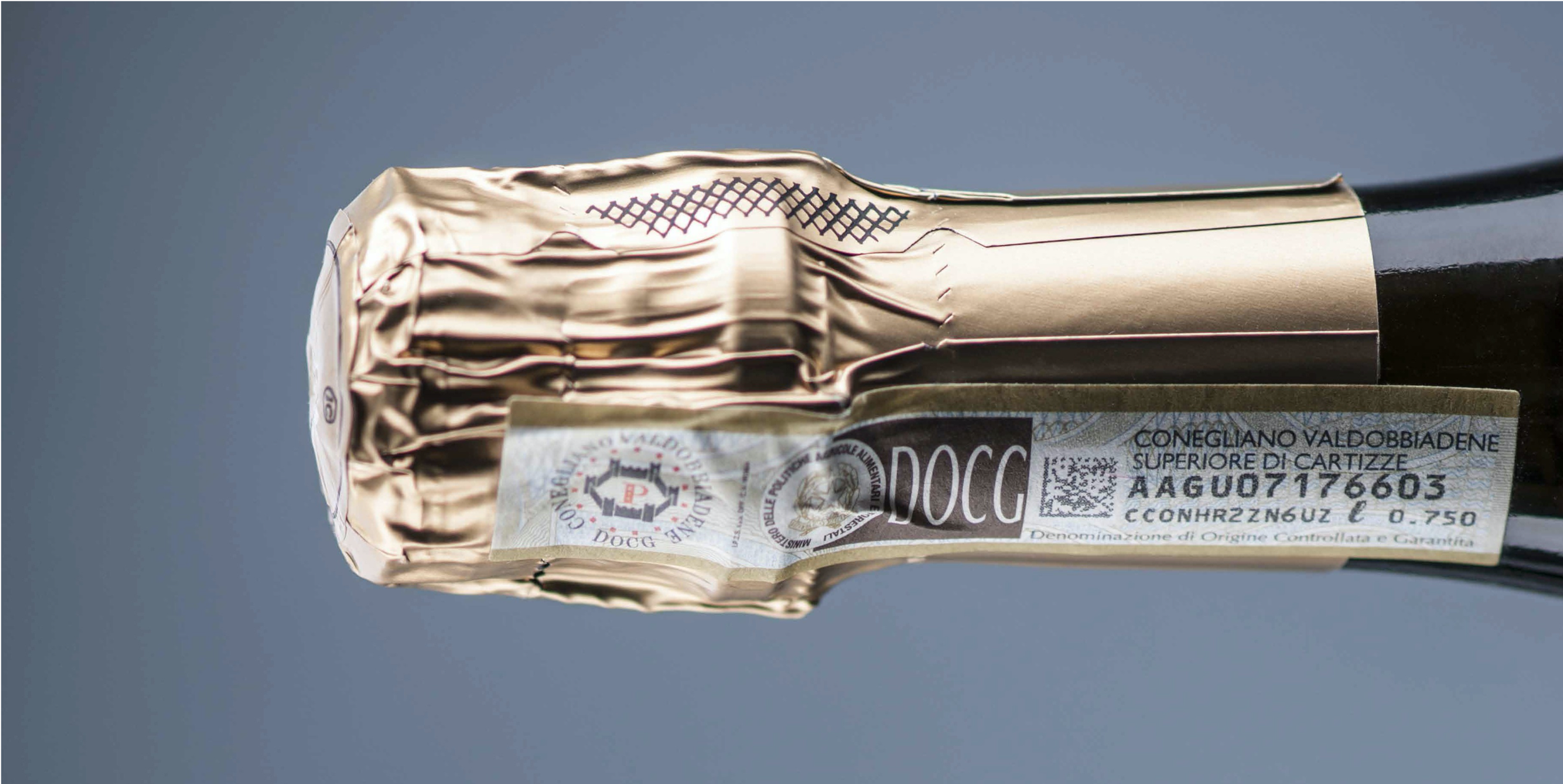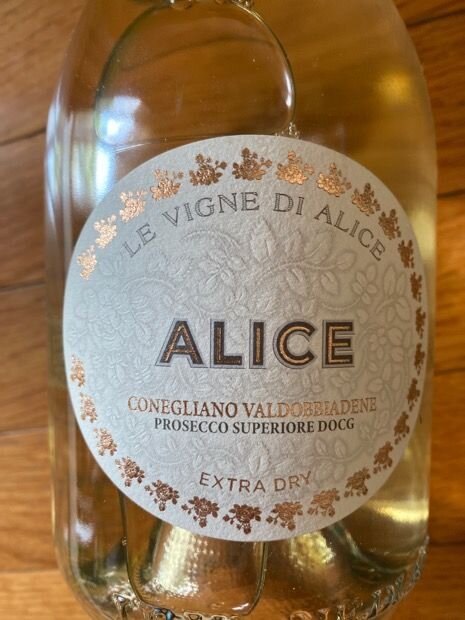Prosecco: For Mimosas Only?
Carol Wolniakowski
Think you know Prosecco? A staple at brunch buffets, Prosecco makes a great partner for orange juice in mimosas. It plays a supporting role in cool cocktails designed by mixologists worldwide and is a great way to kick off a big party. After all, Prosecco is just a simple, cheap bubbly right? Think again.
Prosecco’s huge surge in popularity has allowed easy access to fun, low alcohol wines at great prices. But this region also makes high quality wines worthy of pairing with your finest dishes. I just finished up a class on Prosecco Superiore with Master Sommelier Alpana Singh where we learned about the distinctive wines of the region and what makes Prosecco Superiore so special.
Prosecco is produced in the northeastern part of Italy, not far from Venice and the Dolomites mountains. 2019 was a record year for the region, selling nearly 600 million bottles! Many of these wines originate from the flatlands, are mass produced and priced low (hence our affinity for bottomless Prosecco mimosas!). But the region also boasts an incredible, towering landscape with a patchwork of distinctive soils - so incredible in fact, that it was recently named a UNESCO World Heritage Site. It is in this area that we find the finest versions of Prosecco: Conegliano Valdobbiadene Prosecco Superiore.
This Prosecco Superiore wine hails from the steep hills between the towns of Conegliano and Valdobbiadene in the Veneto region. What makes this lush area so special is the diversity of soils and microclimates as well as the steeply terraced vineyards. Here you will find some of the most expensive vineyard land in the world! The steep slopes require hours of manual labor during harvest, meaning that each wine is carefully hand-crafted. Every hectare of vineyards in the hills requires 600 hours of work each year, compared to just 150 hours for vineyards in the plains. Most wineries in this region are family owned, with the younger generation opting to stay home to carry on the family legacy.
Italy has a classification system that ranks wines by quality, and you will note this designation with DOC or DOCG on the label. Prosecco is classified into three main categories: Prosecco DOC, Asolo Prosecco Superiore DOCG and Conegliano Valdobbiadene Prosecco Superiore DOCG. The highest category is further subdivided by special subzones: Superiore di Cartizze DOCG and Prosecco Superiore Rive DOCG, as illustrated below.
I often hear people comparing Prosecco to Champagne, but the two are quite different. Prosecco has its own identity, with different grapes and a different production process. Prosecco is mainly made from the Glera grape, which is indigenous to this part of Italy. The grapes are crushed and made into a still wine before undergoing a secondary fermentation in a large tank (the Martinotti Method). The end result is an aromatic sparkling wine with large bubbles, flavors of apples, peaches, and lemon, and bright, fresh acidity. The wines are meant to be enjoyed young, so do not plan to age them very long.
Prosecco is made in one of four styles: Extra Brut, Brut, Extra Dry and Dry. These wines tend to have higher residual sugar than other sparkling wines, but don’t let that scare you off. Remember that Prosecco is made from the Glera grape which can tolerate sugar quite well. And when paired with the right dishes, the wines can really sing. Oysters and other seafood pair beautifully with Prosecco, as does cuisine with a lot of spice like Thai or Indian food. Try a Prosecco with your fried calamari or even potato chips - the fresh acidity is a delicious match for crispy, salty treats.
Prosecco & Paella
I enjoyed a delicious pairing of paella and 2018 Conte Collalto Conegliano Valdobbiadene Prosecco Superiore DOCG Isabella Brut Rive di Collalto (and yes, I ate the whole biscuit too :))
If you are interested in doing a deep dive into Prosecco, you can try the unique Sui Lieviti, Frizzante and Tranquillo versions of Prosecco Superiore. Sui Lieviti wines have been aged a bit "on the lees," giving the wine a unique, dry character with notes of green fruit and hints of brioche. Frizzante versions of Prosecco are just slightly fizzy and do not have as many bubbles as typical Prosecco. Finally, Tranquillo is a still wine made from Glera grapes and is the rarest version of Prosecco. It would be really fun to try these side by side!
So how do you know if you are buying a Conegliano Valdobbiadene Prosecco Superiore? Read the label! The label will state Prosecco Superiore as well as the dryness level and vintage. You can also look for the DOCG tag on the foil.
I can’t say that I’m giving up my mimosas, but I am thrilled to have discovered Prosecco Superiore to enjoy as an aperitif or with meals. Conegliano Valdobbiadene is such a unique and stunning area - no wonder it has the honor of being named a UNESCO World Heritage Site. I cannot wait to visit some day soon in person!
Many thanks to Consorzio of Conegliano Valdobbiadene Prosecco Superiore for the wonderful master class! Let me know if you would like more information on these lovely wines - and be sure to ask your local wine shop to place an order! Cheers!
PS - Check out the stunning scenery of Conegliano Valdobbiadene in this two minute video:


